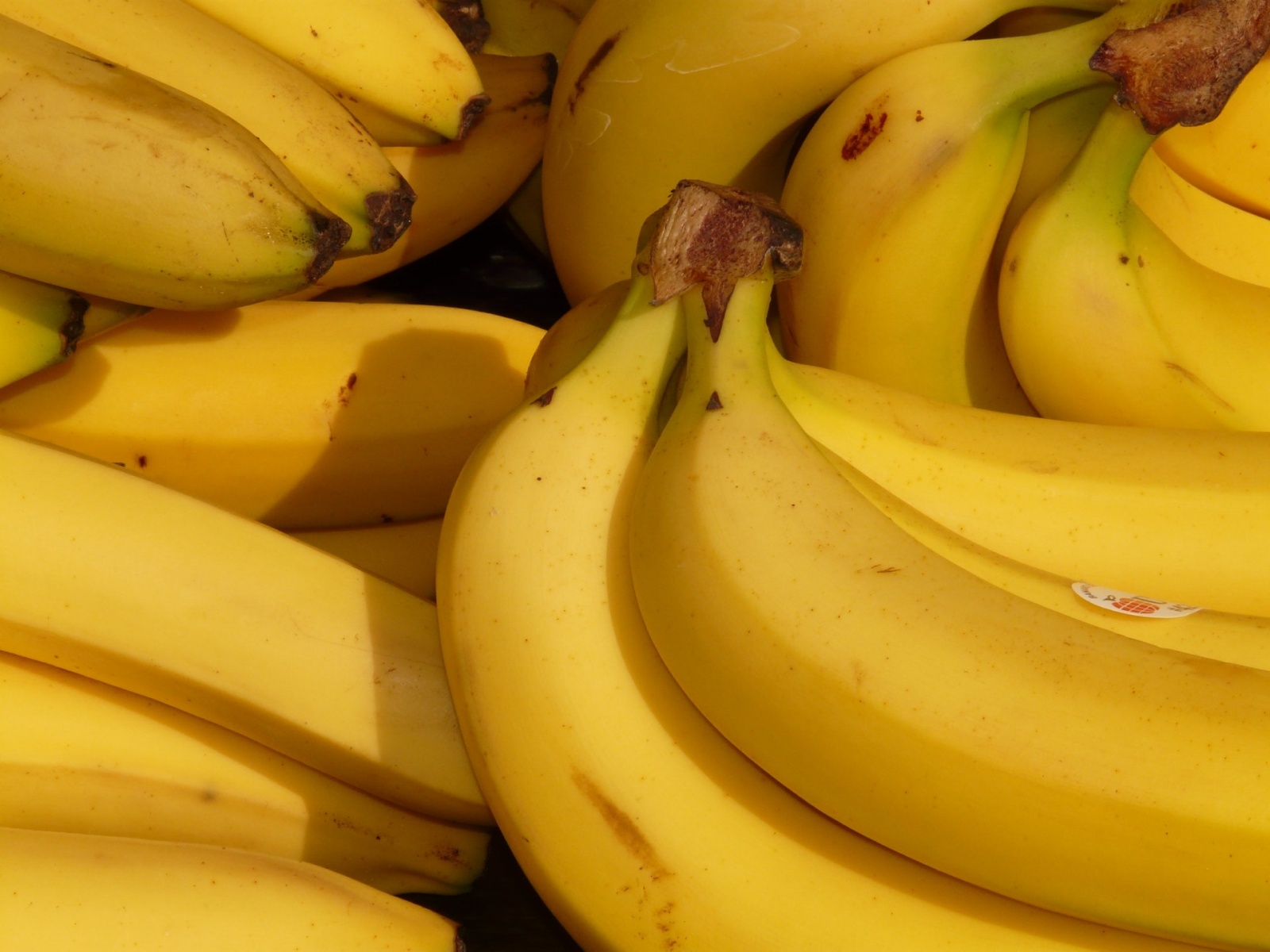Top of mind news
- Tasty Launches Ice Cream Flavors: Using Social Media As Recipe For Success
- Sorry, cereal! Oatmeal is the Instagram-worthy breakfast of choice right now
- Why Better Wine Means Better Sales
- 16 operators wooing Valentine’s Day crowds
- Four Ways to Capitalize on Online Orders Without Compromising Your Dine-In Experience
the farm
Poultry
 For the week ending February 2nd, chicken production increased 2.9% from the week prior, but fell 2.3% year-over-year. Integrator margins remain favorable, and increasing chicken production is expected in the coming months. However, lighter production schedules the past six weeks (down 0.7% (yoy)), could support broiler prices in the interim. The seasonal price move for wings from late-December to pre-Super Bowl (this year) far exceeded expectations, up 33% across those seven weeks. Expect chicken wing prices to fade into early spring before leveling off. Similarly, chicken tender price gains may be slowing but there is upside potential for chicken breast prices into the spring.
For the week ending February 2nd, chicken production increased 2.9% from the week prior, but fell 2.3% year-over-year. Integrator margins remain favorable, and increasing chicken production is expected in the coming months. However, lighter production schedules the past six weeks (down 0.7% (yoy)), could support broiler prices in the interim. The seasonal price move for wings from late-December to pre-Super Bowl (this year) far exceeded expectations, up 33% across those seven weeks. Expect chicken wing prices to fade into early spring before leveling off. Similarly, chicken tender price gains may be slowing but there is upside potential for chicken breast prices into the spring.
Beef
 Last week, cattle slaughter came in at an aggressive 614k head, 4.2% larger (y-o-y) while beef production posted a 5.1% increase compared to a year ago. The Choice boxed beef cutout has become choppy but remains higher than year ago price levels. Choice middle meat prices have been strong, but more recently, the round complex has picked up as well. The beef 50s have edged higher, pricing in the mid-$0.60s, but are still nearly 20% below a year ago. Seasonal increases on the fat trim markets are expected into late Q2. Domestic 90s continue to climb and are projected to have addition upside potential into early spring.
Last week, cattle slaughter came in at an aggressive 614k head, 4.2% larger (y-o-y) while beef production posted a 5.1% increase compared to a year ago. The Choice boxed beef cutout has become choppy but remains higher than year ago price levels. Choice middle meat prices have been strong, but more recently, the round complex has picked up as well. The beef 50s have edged higher, pricing in the mid-$0.60s, but are still nearly 20% below a year ago. Seasonal increases on the fat trim markets are expected into late Q2. Domestic 90s continue to climb and are projected to have addition upside potential into early spring.
Pork
 Last week, pork production rose just over 5% from the prior week and the previous year. However, another bout of winter weather is expected to temper this week’s production schedule, potentially supporting the USDA pork cutout in the near term. The pork belly markets have been volatile, especially intra-day from USDA reporting. Belly prices have become attractive over the past four weeks, but further seasonal weakness is likely into late winter. China remains a key unknown for the pork markets but expect price support if a trade deal is met.
Last week, pork production rose just over 5% from the prior week and the previous year. However, another bout of winter weather is expected to temper this week’s production schedule, potentially supporting the USDA pork cutout in the near term. The pork belly markets have been volatile, especially intra-day from USDA reporting. Belly prices have become attractive over the past four weeks, but further seasonal weakness is likely into late winter. China remains a key unknown for the pork markets but expect price support if a trade deal is met.
the sea
Seafood
 The elevated value of the U.S. dollar continues to fuel strong shrimp imports. During November, the U.S. imported 5.5% more shrimp than the prior year and at much lower prices. Strong U.S. shrimp imports are anticipated to persist through the winter which should temper the upside in the markets. But the downside risk in the shrimp markets is likely limited as well.
The elevated value of the U.S. dollar continues to fuel strong shrimp imports. During November, the U.S. imported 5.5% more shrimp than the prior year and at much lower prices. Strong U.S. shrimp imports are anticipated to persist through the winter which should temper the upside in the markets. But the downside risk in the shrimp markets is likely limited as well.
the garden
Produce
 The avocado markets continue to track well below year ago levels. Strong avocado imports from Mexico have weighed on the markets. Last week, imports from Mexico were 7% bigger than 2018. Season to date avocado imports are 12.2% more than the prior year. Some California avocado supplies should become available in the coming weeks. But history suggests that the risk in the avocado markets is to the upside. Warmer temperatures in Florida are helping the tomato crops, but the downside potential in prices is likely limited as well.
The avocado markets continue to track well below year ago levels. Strong avocado imports from Mexico have weighed on the markets. Last week, imports from Mexico were 7% bigger than 2018. Season to date avocado imports are 12.2% more than the prior year. Some California avocado supplies should become available in the coming weeks. But history suggests that the risk in the avocado markets is to the upside. Warmer temperatures in Florida are helping the tomato crops, but the downside potential in prices is likely limited as well.
the kitchen sink
Dairy
 The cheese markets have risen over the last week with block and barrel prices achieving their highest levels since October. In November, U.S. cheese exports were down 9.5% versus 2018. Exports to Mexico were down 6.5%, but since June, sales to Mexico were up 5.2% (y-o-y). Similar years in which cheese prices rallied during the early-winter saw firm prices persist into the summer. Spot butter prices have softened since last week. In November, U.S. butter imports were up 42%, but exports were down 9.3% from last year. History hints that lower butter prices can occur in the near term.
The cheese markets have risen over the last week with block and barrel prices achieving their highest levels since October. In November, U.S. cheese exports were down 9.5% versus 2018. Exports to Mexico were down 6.5%, but since June, sales to Mexico were up 5.2% (y-o-y). Similar years in which cheese prices rallied during the early-winter saw firm prices persist into the summer. Spot butter prices have softened since last week. In November, U.S. butter imports were up 42%, but exports were down 9.3% from last year. History hints that lower butter prices can occur in the near term.
Grains
 The USDA is estimating 2019-20 U.S. winter wheat acreage to be down 1.1% from the prior crop and the smallest in over a century. However, the crop in the U.S. is progressing under favorable conditions with soil moisture conditions the best for this time of the year since 2010. The wheat markets could remain range-bound.
The USDA is estimating 2019-20 U.S. winter wheat acreage to be down 1.1% from the prior crop and the smallest in over a century. However, the crop in the U.S. is progressing under favorable conditions with soil moisture conditions the best for this time of the year since 2010. The wheat markets could remain range-bound.
Oil
 Nearby diesel fuel (ultra-low) futures have risen over the last week and achieved the highest level since December. The EIA’s national average retail diesel price was $2.966 per gallon, the third lowest for any week since December 2017. Yet, the downside risk for retail diesel fuel prices from here is likely limited.
Nearby diesel fuel (ultra-low) futures have risen over the last week and achieved the highest level since December. The EIA’s national average retail diesel price was $2.966 per gallon, the third lowest for any week since December 2017. Yet, the downside risk for retail diesel fuel prices from here is likely limited.






